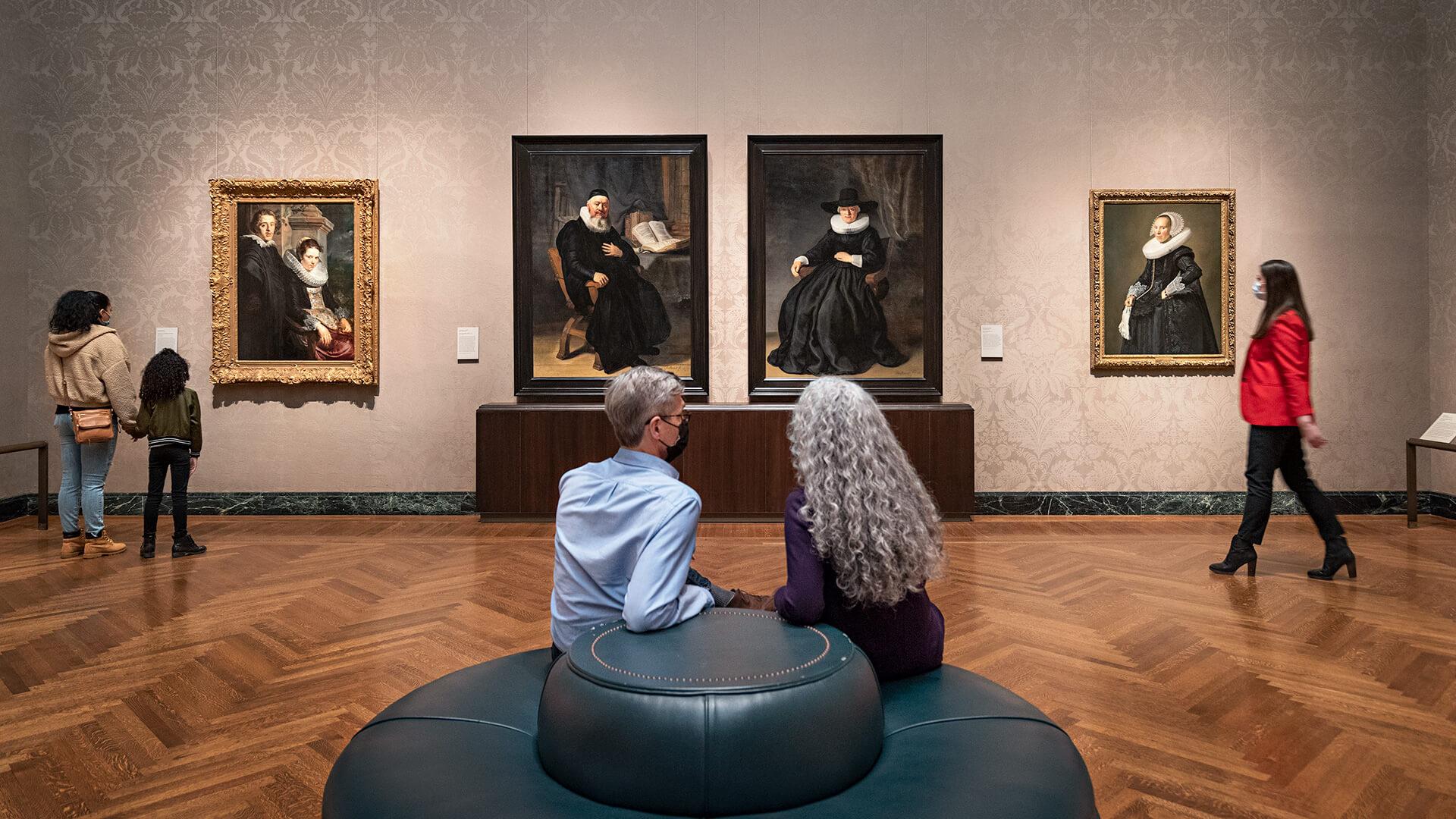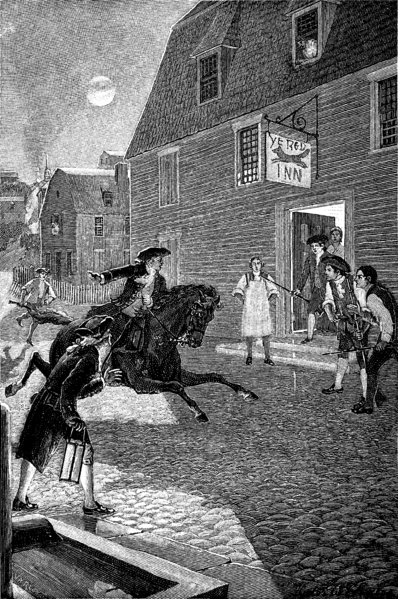Northeast:
- Temporary Preparator/Art Handler, Davison Art Center at Wesleyan University (Middletown, CT)
- Historical Interpreter, Mystic Seaport Museum (Mystic, CT)
- Head of Communications and Marketing, Yale Center for British Art (New Haven, CT)
- Development Manager, New London County Historical Society (New London, CT)
- Director of Finance, Florence Griswold Museum (Old Lyme, CT)
- Museum Coordinator, Katharine Hepburn Museum (Old Saybrook, CT)
- Assistant Manager of Visitor Services, Discovery Museum (Acton, MA)
- Group and Tourism Coordinator, Museum of Science (Boston, MA)
- Associate Director, Leadership and Planned Giving, Museum of Science (Boston, MA)
- Exhibit Maintenance Technician, Museum of Science (Boston, MA)
- Director of Marketing and Communications, Boston Athenaeum (Boston, MA)
- Exhibition Manager, MassArt Art Museum (Boston, MA)
- Database Marketing Association, Museum of Fine Arts (Boston, MA)
- Associate Director of Marketing and Communications, Historic Deerfield (Deerfield, MA)
- Communications and Programs Coordinator, Art Complex Museum (Duxbury, MA)
- Executive Director, Schooner Adventure (Gloucester, MA)
- Vice President of Administration & Finance, Buzzards Bay Coalition (New Bedford, MA)
- Executive Director, Custom House Maritime Museum (Newburyport, MA)
- Guest Engagement Associate, Plimouth Patuxet Museums (Plymouth, MA)
- Media Resource Manager, Peabody Essex Museum (Salem, MA)
- Museum Manager, Major Taylor Museum (Worcester, MA)
- Executive Director, Maine Maritime Museum (Bath, ME)
- Part-time Development Manager, Portsmouth Submarine Memorial Association (Portsmouth, NH)
- Program Assistant, Remick Country Doctor Museum and Farm (Tamworth, NH)
- Executive Director, Wright Museum of World War II (Wolfeboro, NH)
- Museum Associate, Lippitt House Museum (Providence, RI)
- Office Administrator, Old Stone House Museum and Historic Village (Brownington, VT)
- Program Assistant, Vermont Historical Society (Montpelier, VT)
Mid-Atlantic:
- Museum Curator (Digital), National Museum of African American History and Culture (Washington, DC)
- Assistant Curator, Glenstone Museum (Potomac, MD)
- Director of Development, Annmarie Sculpture Garden and Arts Center (Solomons, MD)
- Learning and Engagement Associate, Dia Art Foundation (New York, NY)
- Collections Manager, Museum of the American Revolution (Philadelphia, PA)
Southeast:
- Director of Educational Programming, Hermann-Grima + Gallier Historic Houses (New Orleans, LA)
- Curator of African American History and Special Projects, Fredericksburg Area Museum (Fredericksburg, VA)
Midwest:
- Director of Tribal Relations and Historic Preservation, Illinois State Museum (Springfield, IL)
- Assistant Exhibition Designer, Toledo Museum of Art (Toledo, OH)
Southwest:
- Docent Coordinator, Arizona-Sonora Desert Museum (Tucson, AZ)
- Changing Exhibitions Manager, Holocaust Museum Houston (Houston, TX)
- Director of Development and Director of Preservation and Planning, the Chinati Foundation (Marfa, TX)
West:
- Senior Curator, Institute of Contemporary Art, Los Angeles (Los Angeles, CA)
- Director of Marketing, Colorado Railroad Museum (Golden, CO)
- Director of Finance, Museum of the Rockies (Bozeman, MT)
- Museum Education Manager, Utah Valley University Museum of Art (Orem, UT)




